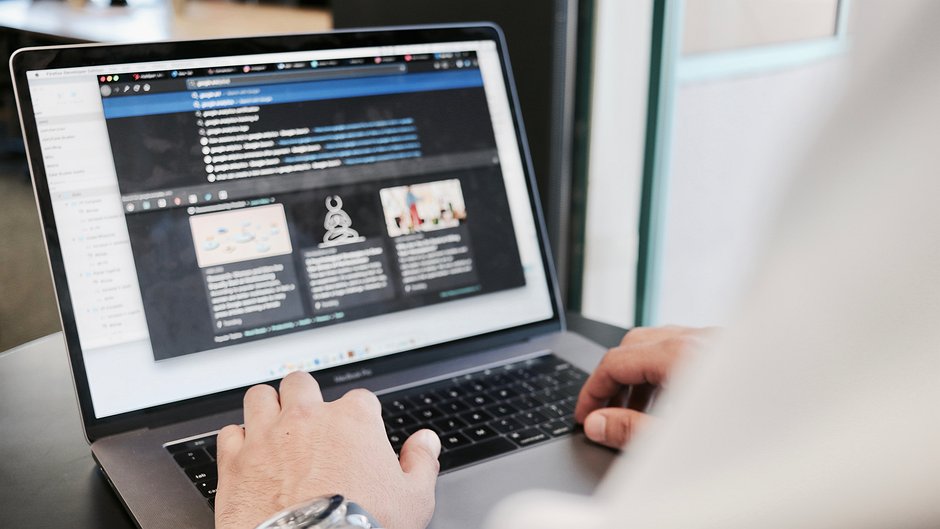
What human rights researchers need to know about vicarious trauma
Why is it important to know about vicarious trauma as a human rights researcher?
While the increased availability and rapid dissemination of content in the digital era have the potential to transform human rights fact-finding, it also presents new challenges for the researchers tasked with gathering and analysing this content.
Stress, compassion fatigue and vicarious trauma are some of the effects viewing graphic content can have on open source investigative researchers.
With more than 500 hours of footage uploaded every minute just on YouTube alone, open source researchers have access to more audiovisual content than ever before, including the types of traumatic images often encountered pertaining to human rights abuses.
Researchers may also find themselves balancing multiple investigations at once as they seek to make the most effective use of this wealth of information to expose the numerous human rights abuses taking place across the globe at any given time.
This creates a whole host of challenges unique to open source research and the modern social media landscape.
In this video, Sam Dubberley of Amnesty International outlines what vicarious trauma is and why human rights researchers should take note.
Want to learn more? Sign up for Amnesty International’s free 2-part course on Advocacy Assembly.
Related courses

90 mins
 School of Data
School of Data
90 mins
 School of Data
School of Data Rory Peck Trust
Rory Peck Trust
50 mins
 Rory Peck Trust
Rory Peck Trust
Blogs

6 useful resources for journalists covering Covid-19
With a global pandemic spreading throughout the world, journalists are under increasing pressure to report accurate and relevant news for the masses. Often when covering a crisis, those on the reporting frontlines compromise their physical safety and mental health. To show some solidarity, the Advocacy Assembly team curated a list of useful resources from other organisations leading the way on this.

5 ways to find data for your next story
Data journalism is fast becoming a big trend in newsrooms across the globe. However, data isn’t always so easy to find. Here are five ways to get data for your next article.



